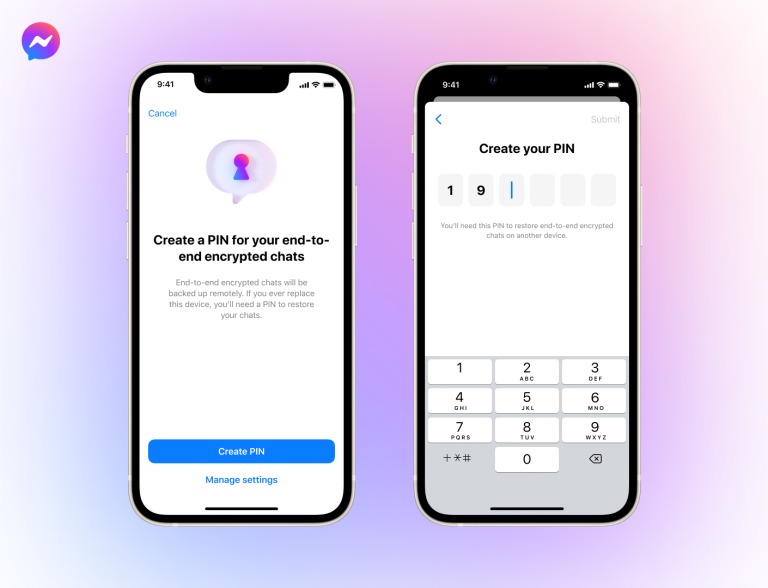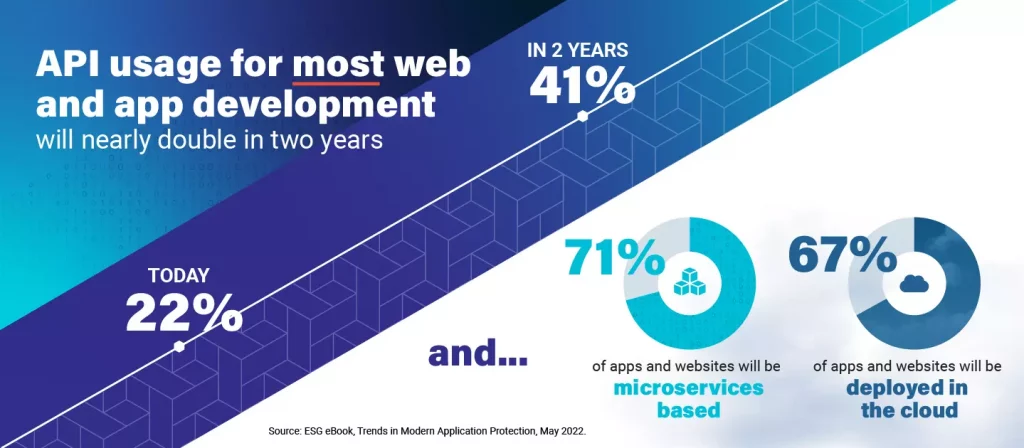Facebook Messenger is testing secure storage for end-to-end encrypted chats
What you need to know
- Meta is testing secure backups for end-to-end encrypted Messenger chats.
- Messenger will also make chats E2E encrypted by default for some people.
- The company is also rolling out more tests on its E2E encrypted messages.
Meta is rolling out a number of tests to make end-to-end encryption a dominant security feature in Facebook Messenger, including secure storage to back up your end-to-end encrypted chat history.
This week, Facebook began testing a secure storage feature that makes it easier to access your Messenger conversation history if you lose your device or want to restore chat history on a new phone.
Currently, end-to-end encrypted chats are stored on your device. With secure storage, you can choose to restore your messages with two end-to-end encrypted options. One method is to create a PIN or generate a code. You can also choose to use third-party cloud services such as Google Drive to restore your chat history.
Sara Su, Meta’s product management director for Messenger Trust, wrote in a blog post (opens in new tab) that this feature “will be the default way to protect the history of your end-to-end encrypted conversations on Messenger.”
This experimental secure storage is rolling out on Android phones and iOS devices. However, the feature is not available yet on Messenger’s desktop site or application, nor is it available in chats that are not end-to-end encrypted. There is no need for you to take any action if you are a member of the test group. This will also be true when the feature is made available to everyone in 2023.

In addition to secure storage, Meta is rolling out updates to Messenger’s end-to-end encrypted features.
Currently, Messenger’s end-to-end encryption is opt-in, which means you’ll need to choose to enable it. The service is now testing default end-to-end encrypted chats with some users.
Messenger is also experimenting with syncing deleted messages across your devices and verifying the authenticity of your web code when accessing the platform’s desktop site. It’s also testing the ability to unsend messages and bringing end-to-end encrypted chat features to group chats and other countries.
Meta also intends to discontinue…




